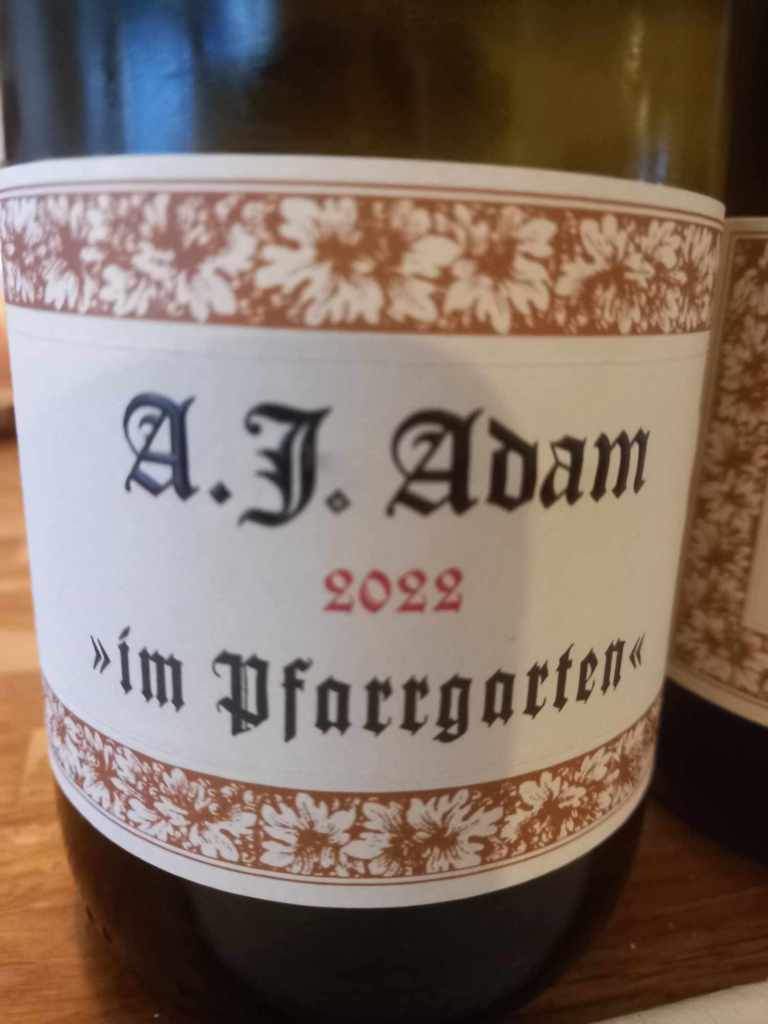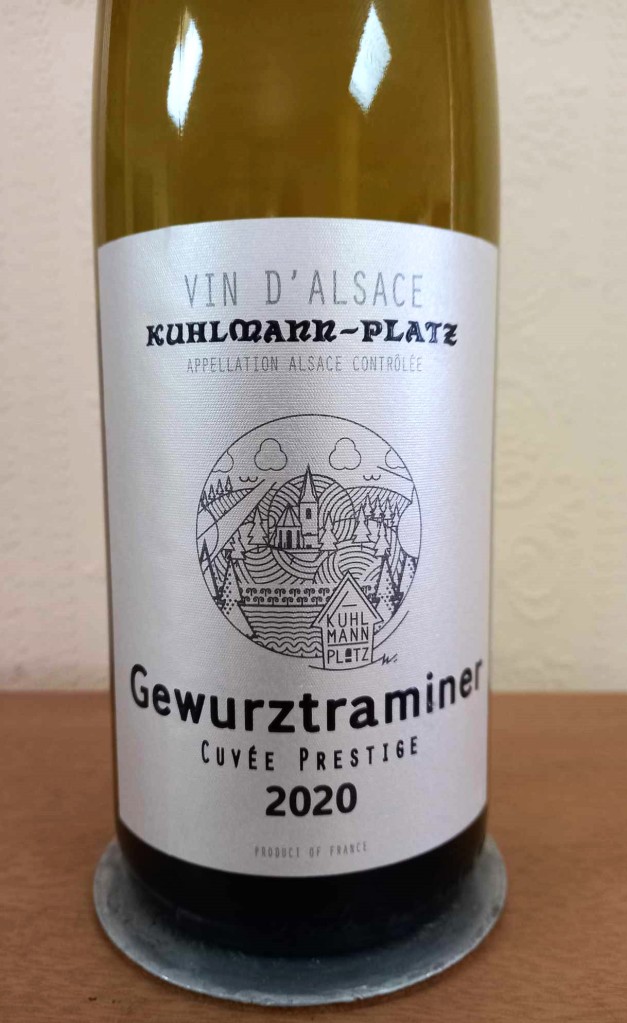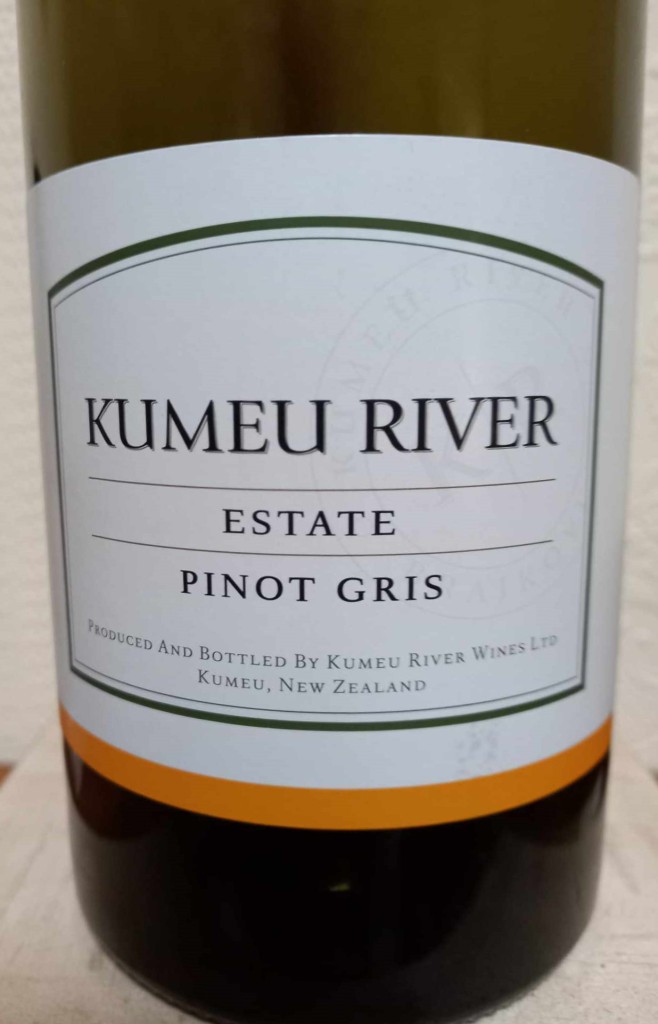We invited some friends for dinner recently, one of whom is a vegetarian. I made one of my favourite dishes – a rich, spicy tagine – but, instead of adding meat or fish as we usually would, we threw in some squash, courgettes and chick peas to make a flavoursome and hearty meal that even a confirmed meat-eater like me could really enjoy.
But what about a wine that our vegetarian friend could drink with a clear conscience? Surely, wine is just fermented grape juice, so what could be unsuitable for vegetarians there? The problem comes after the fermentation is complete. The wine will be quite cloudy with lots of small particles in it like shreds of grape skin or stalk and all the dead yeast cells that have done their work creating the fermentation. Producers need some way of getting rid of these so that the wine in the bottle you buy looks clear and wholesome.
This process is known as fining and there are several ways of doing it. The simplest is to leave the finished wine in a tank and, in time, most of the bits will drop to the bottom and the clear wine can be pumped off. This can be quite time-consuming and won’t always take out everything. So, more often, a ‘fining’ ingredient will be added to the tank to help – and this is where the problem can arise. Bentonite clay is one such agent and that, happily, is vegetarian-friendly, however some of the alternatives including egg whites and products derived from milk or fish bladders are not. And, although no trace of these elements remains in the wine once bottled, the fact that they have been used in the process makes the wine a no-no for strict vegetarians.
I did a quick survey of the wines on our rack and found that fewer than a quarter of the labels mentioned that they were suitable for vegetarians (the websites might have identified a couple more); I think this proportion is probably typical and something vegetarians should bear in mind.
So, what did we drink? Babich’s delightful, peachy Albariño from Marlborough in New Zealand and Pacheco’s chunky, mouth-filling Monastrell (aka Mourvedre) from Jumilla in south-east Spain. Both impeccably vegetarian (vegan, in fact!) and both thoroughly delicious both on their own and with the vegetable tagine.











